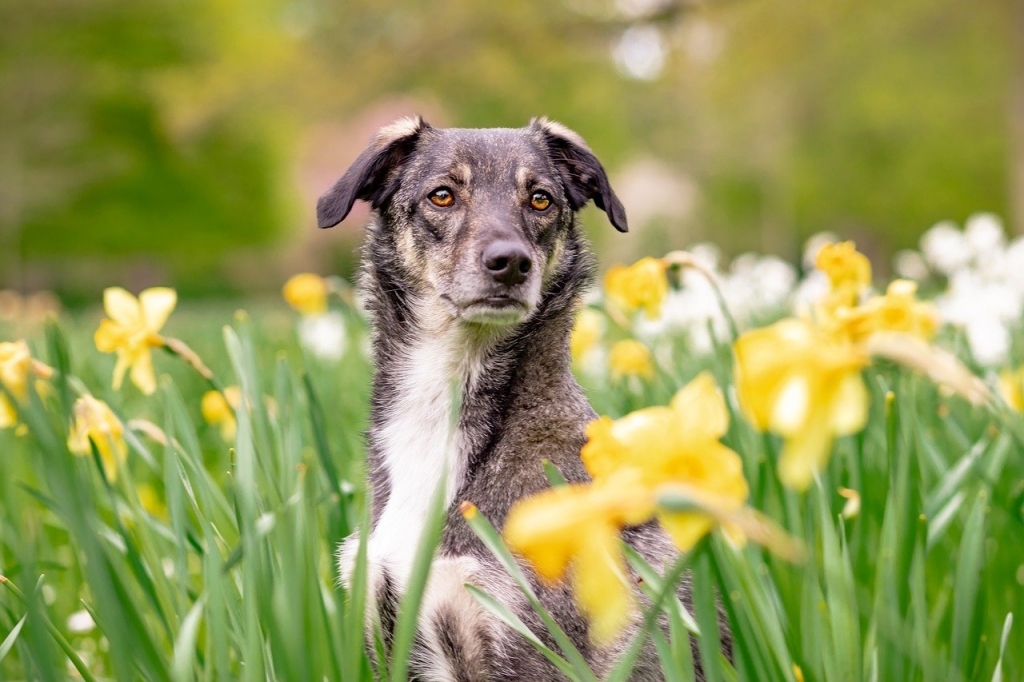Pets in Spain are at risk from daffodils, lilies, and tulips.
Our furry companions are accepted as part of the family in most locations in Spain, especially now that the new Animal Rights Law recognises pets as sentient animals entitled to the highest level of care and compassion. According to the National Association of Pet Food Manufacturers (ANFAAC), Spain has over 29 million pets, including 9.31 million dogs and approximately 5.86 million cats.
However, you might be surprised to learn that some of the most dangerous threats to our dogs can be found right in our own homes, especially in our gardens. There are hundreds of flowers that can harm our dogs and cats in Spain, and we've compiled a list of some of the more prevalent ones.
Oleander
The sturdy oleander shrub can be found on almost every major road and highway in Spain, and its lovely blossoms have made it a favourite in gardens throughout the nation. It is, however, one of the most dangerous plants for pets, and even a small amount can cause arrhythmia and even death if consumed.
Lilies
Lily plants are among the most harmful to pets, with only one bite causing vomiting, lack of appetite, weakness, tachycardia, or irregular heartbeat. Furthermore, every part of the plant is poisonous to cats and dogs, including the stem, leaves, flowers, pistils, roots, sap, and pollen; thus, simply licking a paw that has come into touch with lily pollen can be fatal.
Ivy
Ivy is a vine that may be seen growing both inside and outdoors across Spain. Although all plant parts are mildly harmful to pets, the fruit can be fatal if consumed. It can irritate your pet's skin and potentially create blisters and ulcers when they touch it. After swallowing poison ivy, symptoms include vomiting, stomach discomfort, general malaise, fever, and, depending on the animal's size, a coma.
Cyclamen
Although this vibrant plant isn't dangerous to all animals and is rather appealing to pigs, the toxin cyclamine, which is concentrated in the shrub's roots, is extremely poisonous to people, dogs, and cats. Vomiting, diarrhoea, gastrointestinal abnormalities, malaise and stomach discomfort, convulsions, renal failure, and widespread paralysis can all result from ingesting it. The animal's heartbeat may become erratic, and it may possibly die, depending on the number of root fibres consumed.
Tulips
Despite their beauty and simplicity, all tulip plants are extremely dangerous. Because it is filled with alkaloids and glycosides, the plant's root is the most harmful for dogs, cats, and horses. Vomiting, diarrhoea, arrhythmia, respiratory problems, dermatitis, and skin and mucous membrane irritation are the most typical symptoms of these flowers and plants poisoning.

Daffodils
The entire daffodil plant is poisonous, but the bulb, which contains the alkaloids lycorine and galantamine, is the most dangerous portion. Vomiting, diarrhoea, tachycardia, stomach discomfort, and a reduction in blood pressure are all symptoms of ingestion.
Poinsettia
This festive flowering plant is commonly used to adorn houses around the holidays, and its vivid red colour appeals to both dogs and cats. Poinsettia toxicity is due to diterpenic esters generated from phorbol, flavonoids, and euphorbias, including toxins in the latex or milky liquid that are highly irritating to cats felines. If a cat or dog consumes a Christmas plant, it may experience lethargy, tremors, hypersalivation, vomiting, and oesophageal and stomach discomfort.





